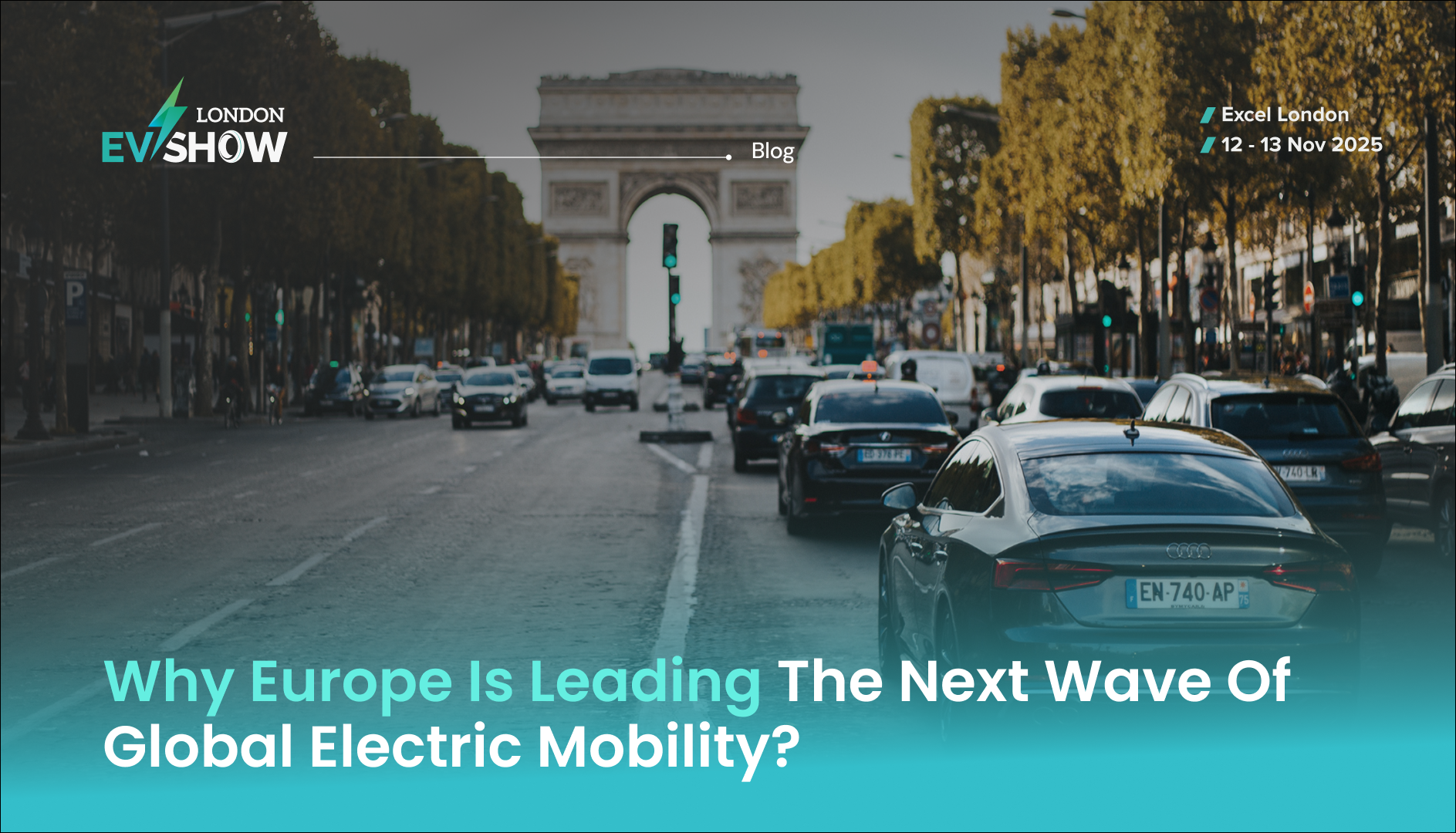The global electric vehicle market is surging into new territory in 2025, with 7.2 million units sold by the end of May, a remarkable 28% increase compared to the same period last year. With the International Energy Agency (IEA) projecting that global EV sales could exceed 20 million units by year-end, the momentum is building. While China remains the dominant player and North America treads cautiously, Europe is stepping up as a critical driver in the global electric transition.
Europe’s Resilient Growth Amid Transition
With 1.6 million electric vehicles sold through May 2025, Europe has posted a 27% annual growth rate, underscoring the region’s focused and resilient expansion in clean mobility. Countries like Germany (+45%), Italy (+58%), and Spain (+72%) are leading the charge, reflecting both rising consumer demand and supportive policy frameworks.
The EU's tightening emissions standards continue to push automakers and fleets toward zero-emission vehicles, while newer national incentives, such as Germany's push for electrifying corporate fleets, are helping bridge the gap left by reduced consumer subsidies in countries like France. While France saw a temporary dip in BEV sales due to these subsidy cuts, the broader European region remains on a positive growth trajectory.
Volkswagen Group has returned to form, reaffirming its role as a major driver in the next phase of electric transportation. The German automaker reclaimed its position as the continent’s top BEV seller in Q1 2025, underscoring Europe's growing self-reliance in EV innovation and production. This comeback aligns with a regional shift toward building a strong domestic EV ecosystem, spanning vehicle assembly, battery production, and charging infrastructure.
A model for Europe’s electric transition
As Europe navigates its electric transition, China’s EV market offers key insights into scaling adoption. With 4.4 million electric vehicles sold between January and May 2025, representing a 33% year-over-year increase, China continues to set the path for leading the global EV landscape.
This remarkable growth is driven by strong government incentives such as vehicle trade-in schemes and intense domestic competition, factors Europe is increasingly integrating into its policy frameworks. As EU nations work to strengthen infrastructure, streamline incentives, and stimulate local manufacturing, China’s coordinated approach stands as a compelling model for accelerating EV adoption across mature and emerging European markets alike.
A Window of Opportunity for Europe to Strengthen Its EV Leadership
As Europe gains momentum in the global EV race, the current pace of adoption in North America provides a strategic advantage. With 700,000 EVs sold through May 2025, North America shows steady interest, laying the groundwork for future growth. The U.S. market is seeing renewed commitment from major automakers like General Motors, which now ranks as the nation’s second-largest EV seller, an encouraging signal for the wider transition.
For Europe, this moment reinforces the value of sustained policy support, robust infrastructure, and cohesive market planning. As regions like North America stabilise their EV frameworks, Europe is well-positioned to expand its lead, setting benchmarks for innovation, accessibility, and long-term sustainability in electric mobility.
What Lies Ahead: Infrastructure, Inclusion, and Innovation
The electric vehicle industry is entering an exciting phase of maturity, marked by innovation and expanding potential. Rather than simply increasing production, the industry's future success is being shaped by proactive efforts to enhance affordability, infrastructure, and global collaboration.
In Europe, momentum is building to match electric vehicle (EV) adoption with stronger charging infrastructure. Investment in fast-charging networks and cross-border interoperability is accelerating, promising a smoother and more convenient ownership experience. At the same time, automakers and policymakers are working together to make EVs more accessible, with targeted incentives that support commercial fleets and middle-income families, bringing clean mobility to a broader audience.
The EV revolution is also moving beyond the private passenger car. Electrification of commercial vehicles, urban delivery fleets, and two-wheelers is gaining serious traction, especially in European cities, leading the charge with low-emission zones and green urban planning. This diversification is helping to create cleaner, smarter, and more sustainable transport ecosystems across the continent.
Europe Accelerates into EV Leadership: Pioneering a Sustainable and Inclusive Future of Mobility
Europe is emerging as a driving force in the global EV transformation. With bold policy initiatives, expanding local manufacturing, and rapidly rising consumer interest, Europe is no longer just responding to the electric future; it’s actively leading it. From ambitious emissions targets to targeted incentives for fleets and households, the continent is laying the groundwork for a resilient and forward-thinking EV ecosystem.
As global EV sales approach 7 million in 2025, Europe’s leadership will be critical in shaping a sustainable and inclusive mobility model, one that balances innovation, affordability, and environmental responsibility for the world to follow.
At the centre of this Global transformation stands the London EV Show, a driving force in the electric mobility movement. As a premier gathering of visionaries, decision-makers, and technology leaders from across the globe, the event plays a pivotal role in shaping the future of sustainable transport. Join the London EV Show and step into the electric future: https://londonevshow.com/register

